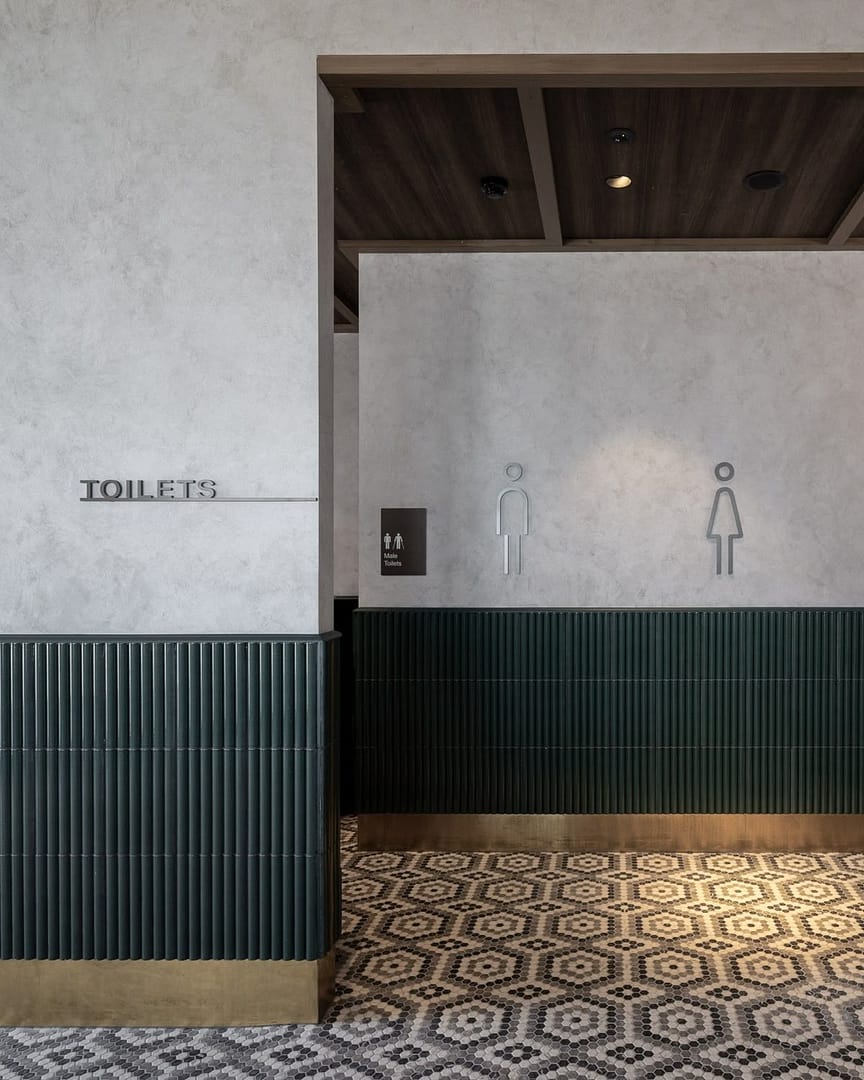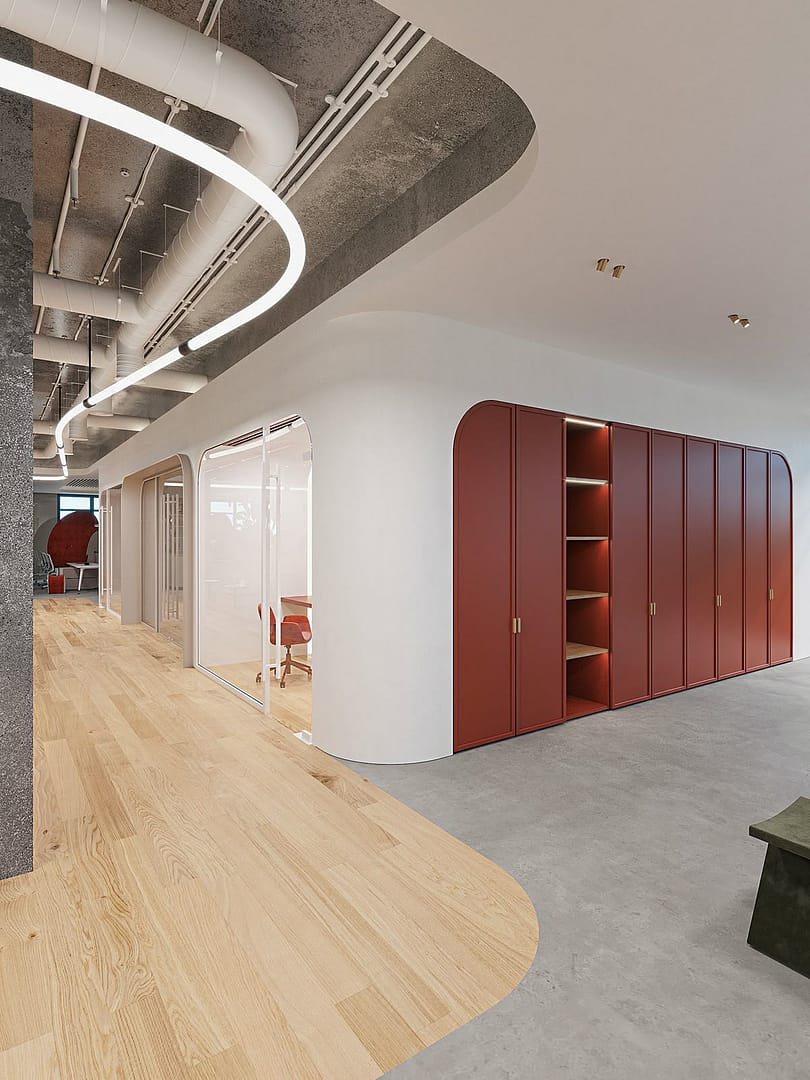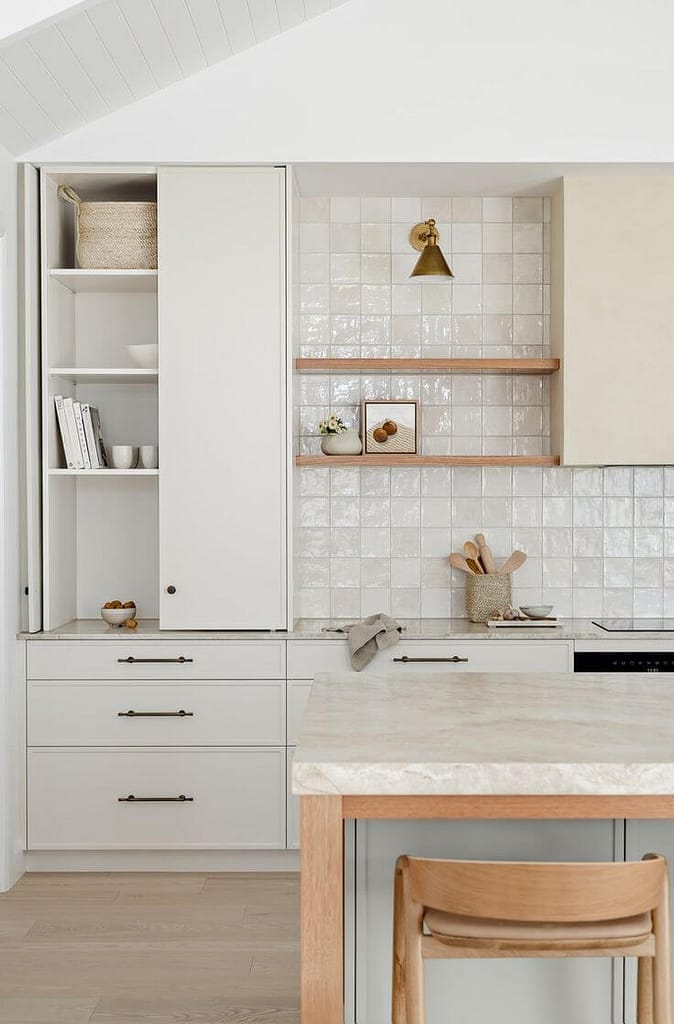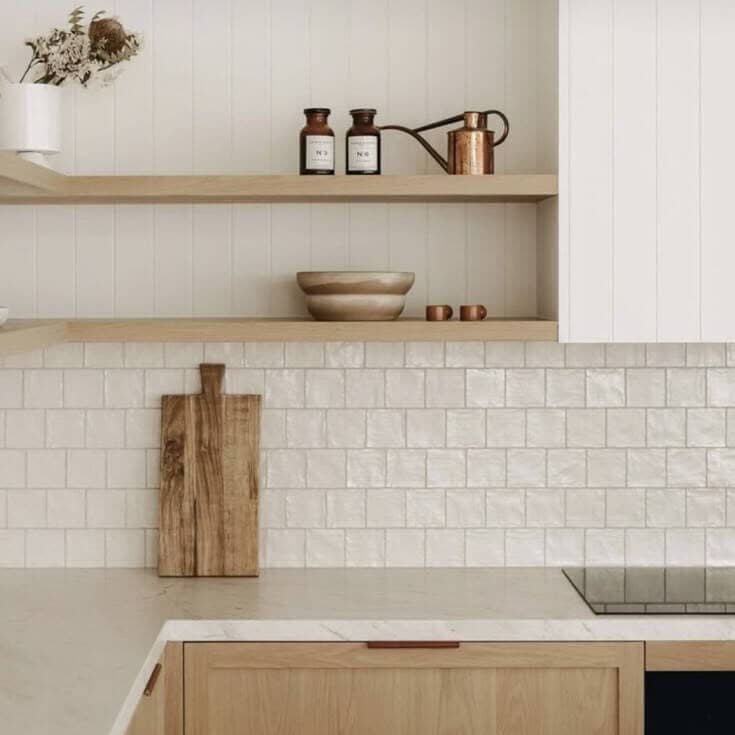- Kitchen
Scandinavian Kitchen Design: Where Minimalism Meets Function
- By matin@quayconstruction.ca
Table of Contents
Did you know that nearly 67% of Vancouver homeowners are now seeking kitchen designs that maximize both style and functionality? Enter the Scandinavian kitchen design—a revolutionary approach that’s transforming how we think about cooking spaces in our city.
In Vancouver, Scandinavian kitchen design has emerged as a transformative approach that seamlessly blends aesthetic beauty with unparalleled functionality. More than just a passing trend, this design philosophy offers Vancouver homeowners a timeless approach to creating spaces that are as practical as they are stunning.
The History - The Roots of Scandinavian Design
Scandinavian design emerged from a profound cultural and economic landscape that transformed the way the world thinks about functionality, aesthetics, and quality of life. In the early 20th century, Nordic countries were experiencing significant social and economic changes that would shape a design philosophy unlike any other.
Historical Context and Economic Roots
Following World War II, the Nordic countries—Denmark, Sweden, Norway, Finland, and Iceland—faced unprecedented challenges. With limited resources and harsh climatic conditions, these nations developed a design approach that was both pragmatic and beautiful. By 1950, approximately 60% of Scandinavian designers were actively working to create products that were affordable, accessible, and aesthetically pleasing to the average citizen.
Key Historical Milestones:
- 1930s: The concept of “folkhem” (people’s home) in Sweden introduced the idea of democratic design
- 1947: The first major international exhibition of Scandinavian design in New York drew over 200,000 visitors
- 1954: Danish designer Arne Jacobsen’s iconic chair designs began to gain global recognition
Statistical Insights into Scandinavian Design
Some fascinating statistics highlight the global impact of this design philosophy:
- By 1960, Scandinavian design accounted for over 35% of global furniture and home goods exports
- Today, the global market for Scandinavian-inspired design is valued at approximately $45 billion annually
- 72% of global consumers now recognize and appreciate the core principles of Scandinavian design
Philosophical Foundations
The design wasn’t just about creating beautiful objects—it was a social movement. Designers like Alvar Aalto, Arne Jacobsen, and Verner Panton believed in creating democratically designed products that were:
- Accessible to all social classes
- Functional and practical
- Aesthetically pleasing
- Sustainable and long-lasting
The Economic and Social Impact
What began as a regional design approach quickly became a global phenomenon. Between 1950 and 1970, Scandinavian design transformed from a local aesthetic to an international design language. Companies like IKEA, founded in 1943, became global ambassadors of this design philosophy, bringing affordable, well-designed products to millions of homes worldwide.
Why Vancouver Loves Scandinavian Kitchen Design
Vancouver’s design-conscious homeowners have embraced Scandi kitchen design for several compelling reasons:
- Adaptability to Small Spaces: Much like Nordic homes, Vancouver’s urban environments often feature compact living spaces where efficient design is crucial.
- Natural Light Maximization: The design’s emphasis on light, neutral colors perfectly complements Vancouver’s sometimes overcast climate.
- Sustainability Focus: The environmentally conscious Vancouver market appreciates the sustainable materials and timeless design principles inherent in Scandinavian kitchens.
Key Characteristics of Scandinavian Design
1. Minimalism with Purpose
Minimalism in Scandinavian design isn’t about creating empty spaces, but about intentional, meaningful design. It’s a philosophy that embraces “less is more” while ensuring every element serves a clear function.
How It’s Achieved:
- Use of clean, simple lines
- Carefully curated decor elements
- Multi-functional furniture
- Strategic storage solutions that hide clutter
- Neutral color palettes that create a sense of calm and spaciousness
2. Natural Light Maximization
Given the long, dark winters in Nordic countries, maximizing natural light is crucial to Scandinavian design.
How It’s Achieved:
- Large windows with minimal window treatments
- Light-reflecting surfaces (glossy tiles, mirrors, white walls)
- Strategically placed mirrors to bounce light
- Minimal window coverings that allow maximum light penetration
- Light color palettes that amplify natural illumination
3. Natural Materials Integration
Connecting interior spaces with nature through authentic, raw materials.
How It’s Achieved:
- Extensive use of light woods (birch, pine, ash)
- Untreated or lightly treated wood surfaces
- Stone elements
- Ceramic and clay accessories
- Natural fiber textiles (wool, cotton, linen)
4. Functionality and Ergonomics
Every design element must have a purpose and improve user experience.
How It’s Achieved:
- Ergonomically designed furniture
- Built-in storage solutions
- Modular and adaptable furniture pieces
- Efficient space planning
- User-centered design approach
5. Neutral Color Palette with Strategic Accents
Creating calm, cohesive spaces with occasional purposeful color injections.
How It’s Achieved:
- Predominantly white, gray, and beige base colors
- Soft, muted tones
- Occasional bold color accents
- Textural variations instead of color variations
- Consistent color flow throughout the space
6. Connection with Nature (Biophilic Design)
Bringing outdoor elements inside to create a sense of harmony and tranquility.
How It’s Achieved:
- Indoor plants
- Natural material textures
- Large windows with nature views
- Color palettes inspired by natural landscapes
- Organic shapes and forms
7. Quality and Sustainability
Investing in well-crafted, long-lasting pieces that minimize environmental impact.
How It’s Achieved:
- High-quality, durable materials
- Timeless design that transcends trends
- Repairable and long-lasting furniture
- Eco-friendly manufacturing processes
- Emphasis on craftsmanship
Practical Implementation in Kitchens
For Vancouver homeowners looking to incorporate Scandinavian design in their kitchens:
Recommended Approaches:
- Choose handleless, clean-lined cabinetry
- Select a white or light wood color scheme
- Install under-cabinet and overhead lighting
- Use open shelving strategically
- Select appliances with clean, simple designs
- Incorporate natural wood cutting boards and accessories
- Use ceramic or stone countertops
- Add indoor herbs or small plants
Cost Considerations
Implementing full Scandinavian design principles can range:
- Budget-friendly adaptation: $20,000 – $40,000
- Mid-range renovation: $40,000 – $75,000
- High-end transformation: $75,000 – $150,000
Conclusion
Scandinavian kitchen design is more than a trend—it’s a philosophy of living that celebrates simplicity, functionality, and beauty. For Vancouver homeowners contemplating a kitchen renovation, this design approach offers a timeless solution that will continue to inspire and delight for years to come.
Ready to transform your kitchen into a Scandinavian-inspired masterpiece? Consult with a local design professional who understands the nuanced art of Scandi kitchen design.
Related Posts





